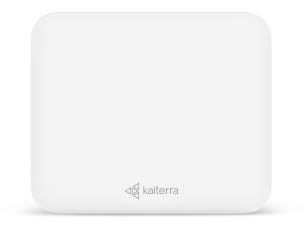Companies that want to thrive in the next 5-10 years need a strategy for indoor air quality.
Air quality affects productivity, health, and sustainability - and when it comes
to the modern workforce, it’s a must-have.
This guide is the first step on your IAQ journey. We’ll run through the key concepts you need to know to understand air quality, and to start planning your monitoring and improvement strategy.
Inside Indoor Air Quality 101, you'll learn:
- What comprises indoor air quality and why it matters to businesses
- Specific parameters to measure and the key concepts you should keep in mind
- How to get started with IAQ monitoring and industry best practices to follow
How can you boost productivity, morale, and business outcomes through IAQ?
Download our guide to find out!






.png?width=306&height=226&name=Menu%20C%20(2).png)
.png)

.png)